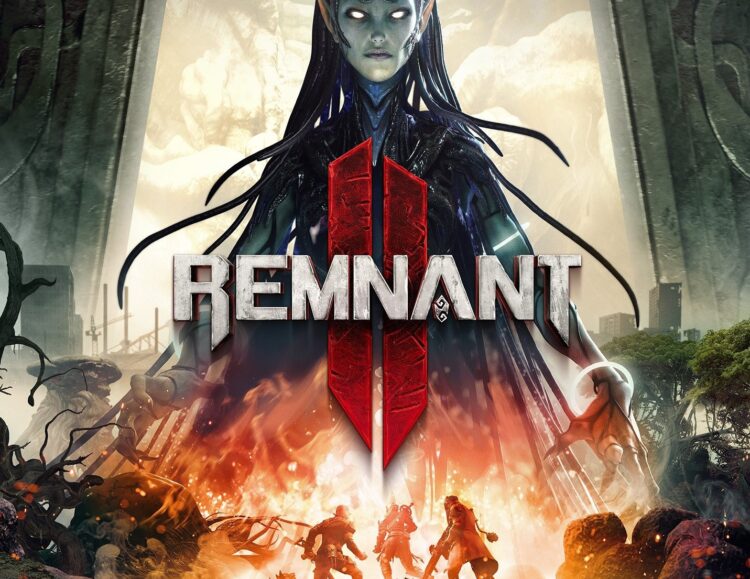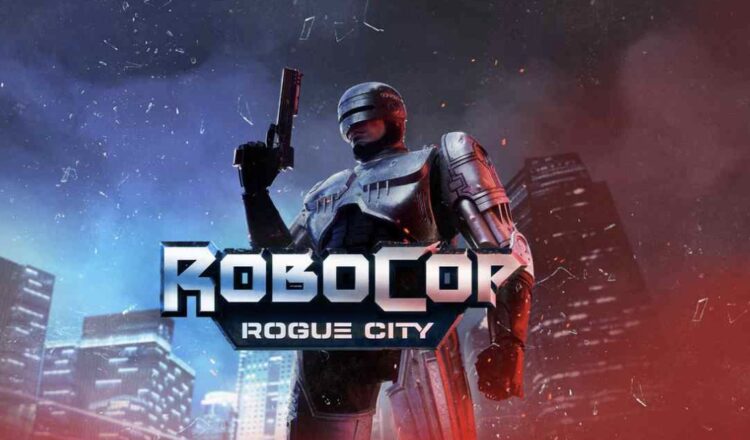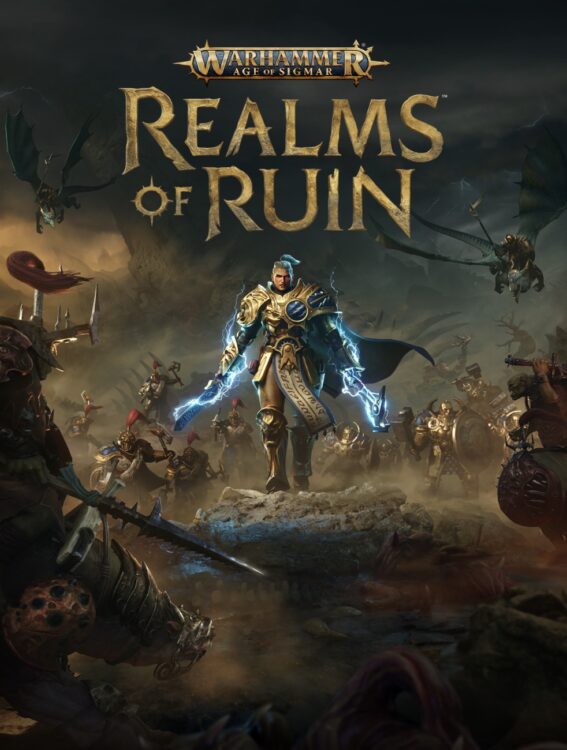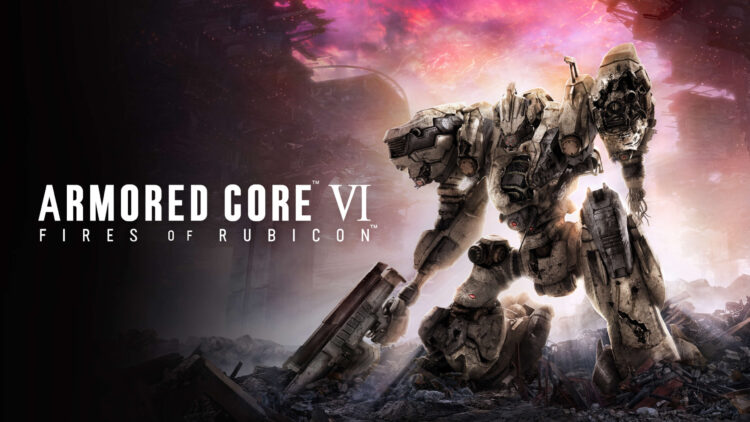Following “From the Ashes” in 2019, a title that, although initially overlooked, soon gained recognition from critics and players for its exceptional quality. Now, its sequel, Remnant 2, emerges as an even more ambitious and captivating experience, carrying the essence that made its predecessor shine and taking the action RPG genre to new horizons.
Gunfire Games, known for their work on the Darksiders series, achieved a solid foundation with Remnant: From the Ashes, which has been enhanced in this sequel. This new installment has even surpassed initial expectations by becoming an immediate sales success, standing out as the best-selling game in the United States during its launch, surpassing renowned titles like Diablo 4, Final Fantasy 16, Pikmin 4, and Street Fighter 6.
The comparison with the Dark Souls saga for its high difficulty and focus on a post-apocalyptic world with firearms has been recurrent. The essence of Remnant 2 is to dive even deeper into this genre, offering soulslike mechanics and looter shooter elements in a setting that differs from the traditional fantasy of swords and magic. Although it is not essential to have played the first Remnant to enjoy this sequel, players familiar with the saga will find connections and characters that enrich the experience.
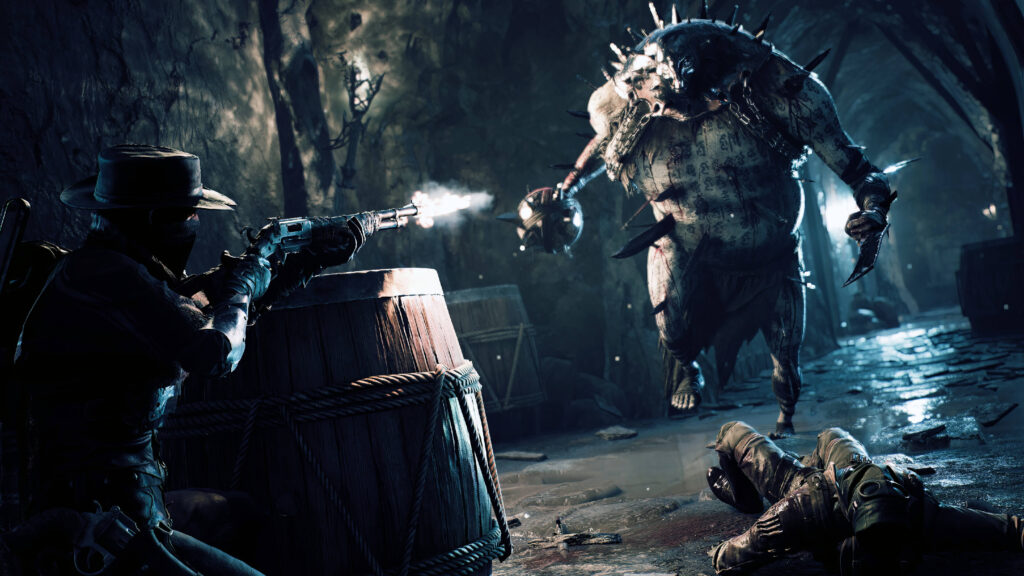
One of the strengths is the wide range of roles available and the decisions to be made. From medics for support and healing to hunters specialized in long-range damage, each class offers a unique approach to gameplay. The introduction of archetypes, which now have their independent progression, grants more marked customization from the start, encouraging different strategies and allowing players to adapt their playstyle to their preferences.
The procedural generation in Remnant 2 affects not only dungeon design but also the appearance of enemies, NPCs, and missions. This well-implemented randomness implies a constantly changing world, enriching the experience, avoiding monotony, and providing each player with a unique journey. The diversity of classes and the multiplayer component encourage collaborative gameplay, leveraging synergies and specific strategies to face challenges.
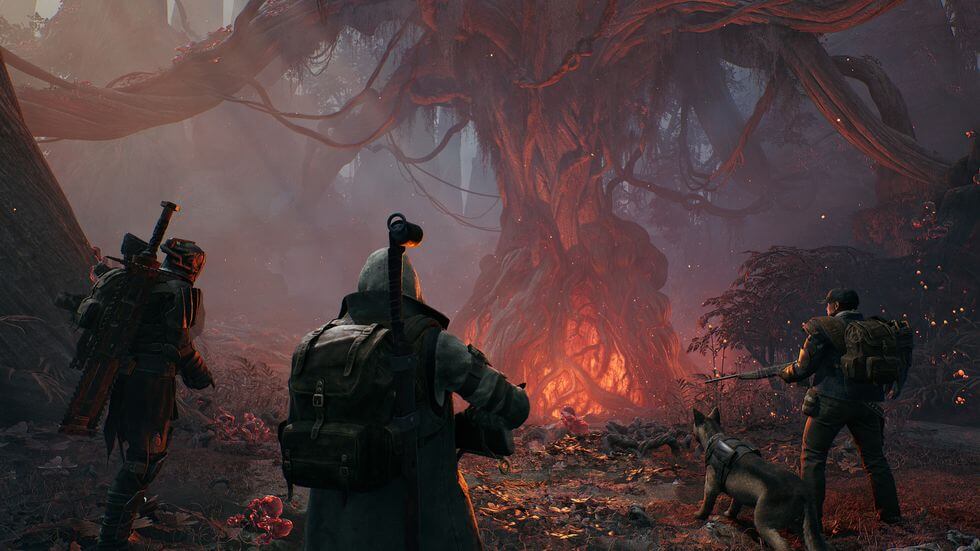
The climax of Remnant 2 lies in its encounters with epic bosses that exhibit unique and challenging mechanics, pushing players’ skills and strategies to the limit. Thorough exploration is rewarded with hidden secrets, rare items, and complex challenges that elevate the experience to a deep and satisfying level for the most dedicated players.
Despite certain performance issues and a narrative that can be dense, Remnant 2 stands out as an essential title for genre enthusiasts. Its complexity and depth offer a unique experience, requiring exploration, puzzle-solving, and dynamic strategies to master its secrets and challenges.
Pros:
1. Customization and Variety of Roles: The wide range of archetypes and classes allows for deep customization, fostering different playstyles and strategies.
2. Dynamic and Challenging Gameplay: The soulslike gameplay with looter shooter elements offers exciting challenges, with difficulty levels that adapt to different types of players.
3. Exploration and Procedural Generation: The procedural generation of levels and enemies guarantees a unique experience in each game, encouraging exploration and constant surprise.
4. Technical Innovation and Boss Design: The leap to Unreal Engine 5 allows for notable technical improvements, especially in the design and mechanics of boss encounters, offering creative and rewarding challenges.
5. Cooperative Experience: The game enhances synergy between different roles in cooperative mode, promoting collaborative strategies and increasing the fun of the game.
Cons:
1. Performance Limitations: Despite technical improvements, some platforms may face performance issues, including difficulties in maintaining a constant frame rate.
2. More Restricted Progression System: The introduction of more rigid archetypes compared to its predecessor can limit the customization freedom of some players.
3. Scarcity of In-Game Resources: The difficulty in obtaining resources and in-game currency can hinder experimentation and character customization, limiting progression options.
4. Saturated Narrative and Pace Breaks: The story can be saturated with long dialogues and texts, interrupting the flow of the game and affecting player immersion.
5. Multiplayer Issues: The multiplayer experience can be affected by delays and connection problems, impacting the quality of online matches.







